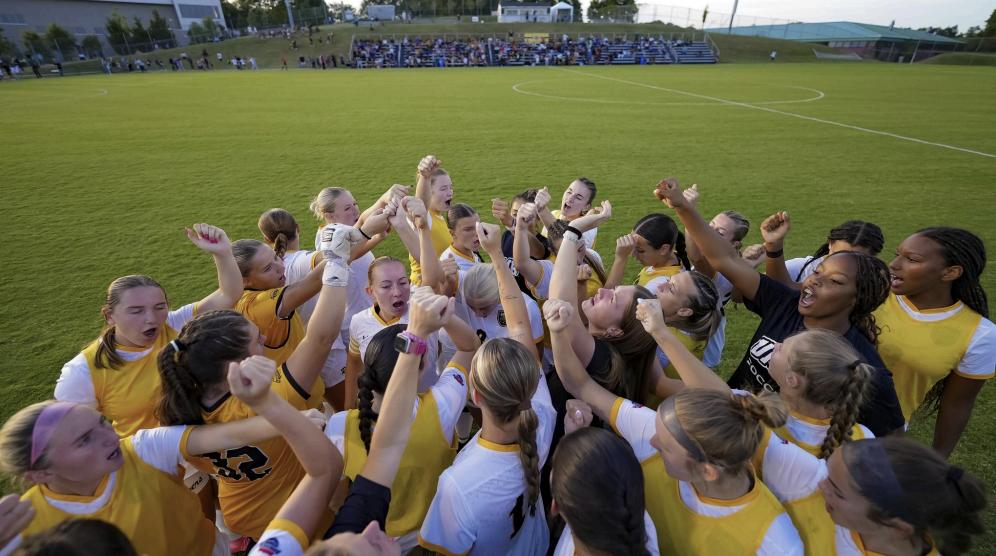Every morning, University of Maryland, Baltimore County students, staff and faculty permitted to be on campus are asked to fill out the university’s online daily COVID-19 symptom tracker. The goal of the tracker is to regulate COVID-19 cases at UMBC and maintain a healthy environment for those on-campus. Without consistent population testing, the symptom tracker is how UMBC evaluates possible cases of COVID-19 within its community.
The symptom tracker asks students and staff to list any symptoms they may be experiencing that could be related to COVID-19, whether they have come into contact with anyone showing symptoms or that tested positive for COVID-19 in addition to requiring a temperature log and the individual’s phone number.
UMBC Chief of Police and the head of the UMBC campus response team Paul Dillon explained that it has taken some time for the UMBC community to get used to the symptom tracker.
“People are trying to get used to [the symptom tracker], people are getting better at it, but we want them to get into the habit where it’s just a normal thing you do every day: a self-assessment to make sure you’re feeling okay before you come to campus,” said Dillon.
Since the semester began, UMBC’s Public Health Dashboard reported a cumulative total of 30 COVID-19 cases on-campus, with three new cases being added between Oct. 20 and Nov. 3. UMBC’s cumulative positivity rate is currently at 0.4 percent, whereas the Baltimore County cumulative rate is 4.4 percent.
“Most of those 30 [cases] are from the initial testing when we tested everyone before they moved in back in August, so you can see our cumulative positivity rates are well below the county rate,” explained Dillon.
Each time a symptom is checked off on the tracker, individuals receive an automated text message advising them to call a medical expert on-campus for further advice on what to do. These experts can attempt to determine whether or not the symptoms are COVID-related.
However, students report that this checklist is broad and relatively ambiguous. By asking students and staff to simply fill out a checklist, there is no room for explanations behind certain symptoms. For instance, some students may be experiencing common allergies or a small cold rather than COVID-19.
Earlier in the semester, senior computer science major and member of the women’s cross country and track teams Ariella Garcia checked off “shortness of breath” on her symptom tracker. She explains that almost immediately, she was contacted by her former athletic trainer Brandon Gehret asking about how she was feeling.
“It scared me and it made me like really think about what symptoms I’m going through and whether they’re genuine symptoms,” said Garcia. “It made me reluctant to write symptoms in the future when I know for a fact that I’m feeling this way because of something else, not because of COVID.”
Garcia added that she understands why the university needs to be vigilant, but stated that she now thinks twice about what symptoms she has and where she could have gotten them from. In the case of her shortness of breath, the root cause was exercising in her basement.
The symptom tracker also provides a checkbox for those who have come into contact with anyone who has tested positive for or has reported symptoms of COVID-19. If a student or staff member checks this box, the UMBC campus response team immediately receives a text alert. They can then reach out to that student or staff member and advise them to self-quarantine and/or get tested for COVID-19, depending on the circumstances.
This policy was recently initiated after a women’s basketball player tested positive for COVID-19. The entire team, their coaches and other athletic staff members in contact with the team quarantined for a week.
For students who may not have a thermometer to accurately record their temperature readings each day, Dillon stated that they can contact Residential Life in order to get one.
“People need to remain vigilant because this is still a deadly virus that can be easily transmitted and people need to wear their masks, keep six feet apart and stay safe,” said Dillon. “We recognize this is hard on people, hard on students and staff, hard on everybody. This is a tough thing to go through, and I shudder at the thought of the winter months coming up when people are indoors more and there’s less to do outside. It’s going to be a test for our country for the next three to four months.”
